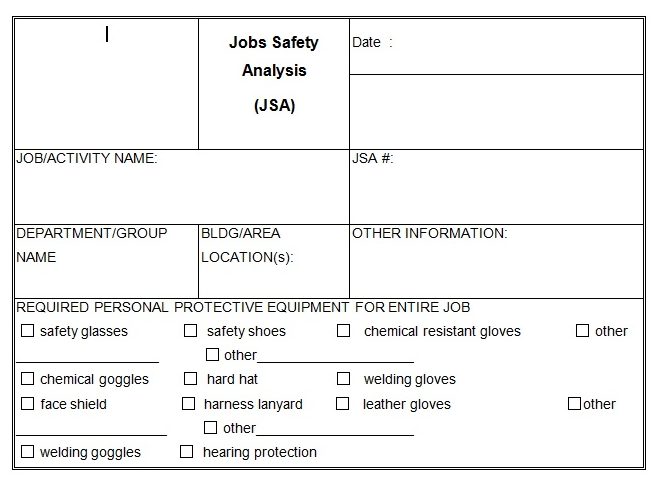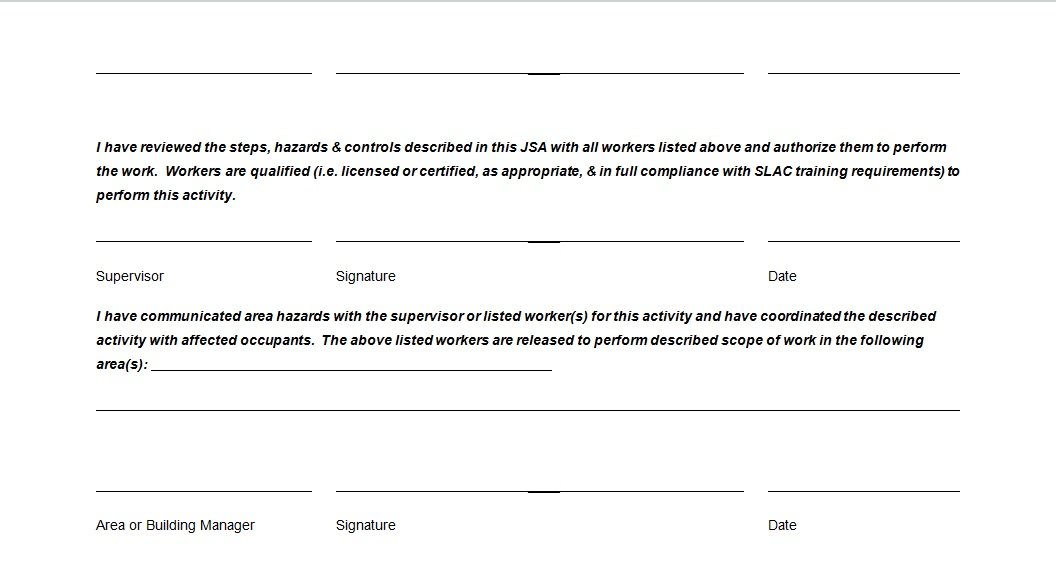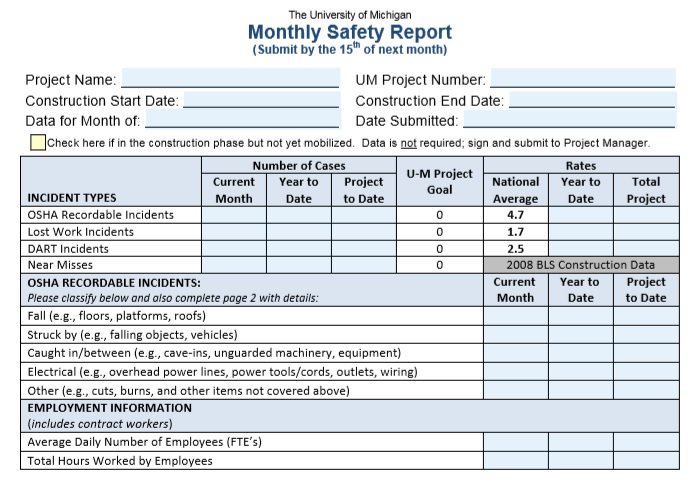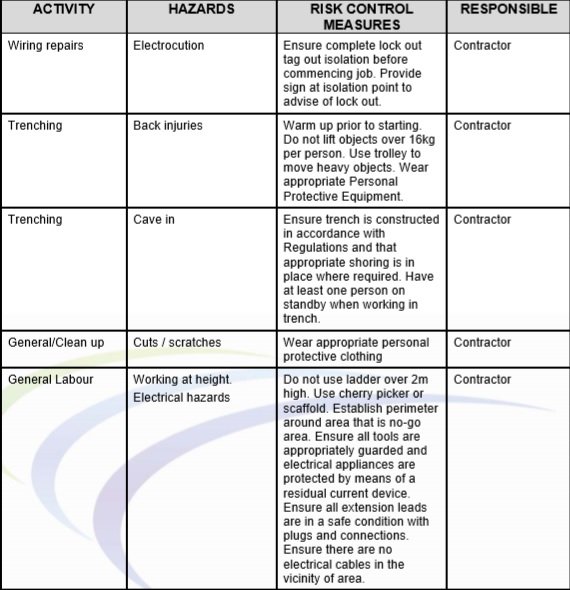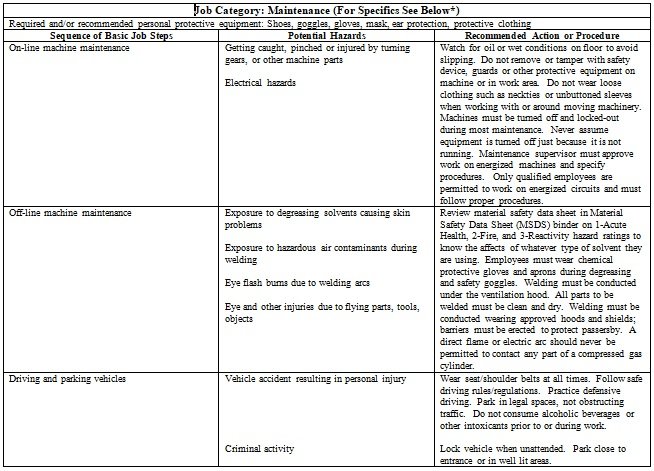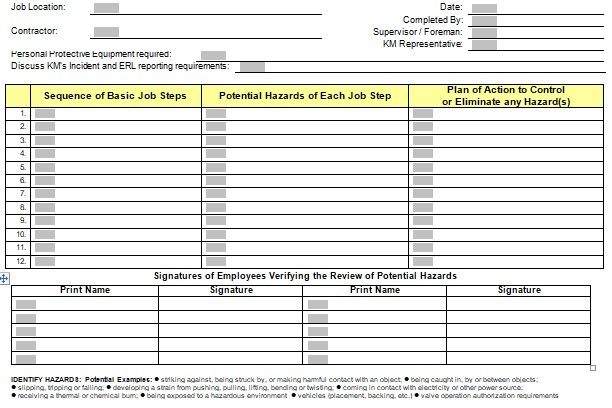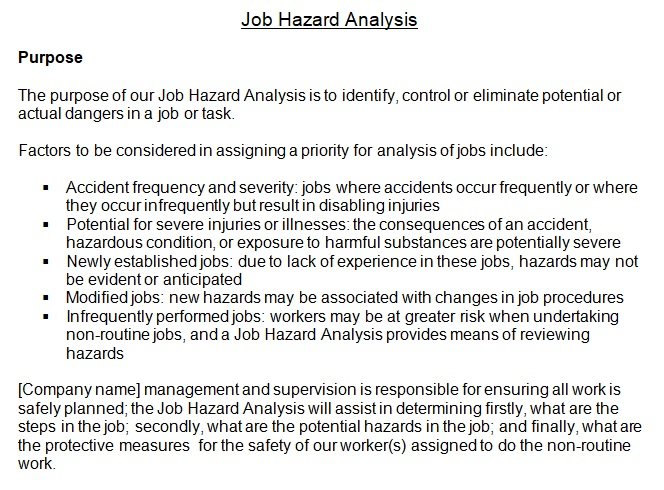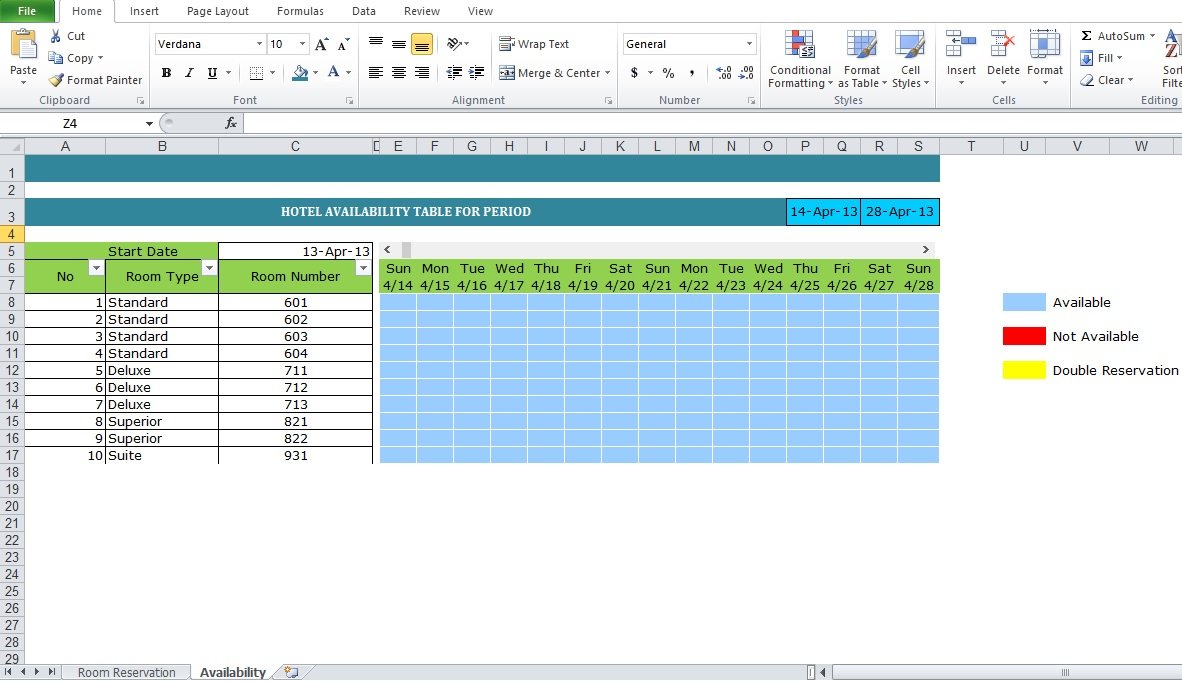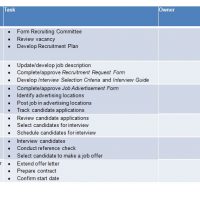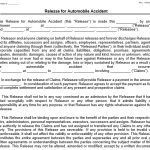Employers need a job safety analysis template to specify all the critical aspects of job safety. With this document, you can develop a comprehensive safety policy that tailors your company or organization.
This document makes sure that all employees are well-informed about potential dangers and know what to do if any specific situation arises. By making people aware of possible dangers, it helps to reduce accidents and injuries in the workplace. Moreover, the job safety analysis template includes the following;
- Specifies the steps in a process or task
- Determines the potential hazards associated with each step
- Gives suggestions to reduce or eliminate those hazards
Table of Contents
What is job safety analysis?
Job safety analysis is a systematic approach used to determine potential hazards that are associated with a particular job or task. Also, it is used to implement appropriate control measures. Preventing accidents and injuries is the main purpose of conducting a job safety analysis.
How to conduct a job safety analysis?
Consider the following steps to conduct a job safety analysis;
- Choose a job or task: Select a particular job or task that needs analysis.
- Break down the job or task: To determine potential hazards more effectively, divide the selected job or task into further steps or components.
- Determine potential hazards: Determine potential hazards for each step of the job that may be dangerous for the workers, equipment, or the environment. The factors included in Hazards are physical, chemical, biological, or psychosocial.
- Assess the risks: For each identified hazard, assess the severity and likelihood and consider the potential consequences.
- Develop control measures: Develop control measures after identifying hazards and risks. These may include the;
1- Engineering controls (changing equipment or processes)
2- Administrative controls (modifying work procedures or policies)
3- Personal protective equipment (PPE) - Communicate and train: The workers involved in the job should know the JSA findings, control measures, and safe work procedures. In addition, give them training on how to perform a specific job or task safely.
- Monitor and review: The effectiveness of the implemented control measures should be monitored regularly. It is essential to update the job safety analysis template whenever there are changes to the job or task.
The benefits of a JSA template:
You can provide benefits to your business in several ways by using a JSA template. With this document, you can determine potential risks and take proactive steps to mitigate those risks before they result in an incident or injury. Furthermore, it makes sure that all employees are aware of potential issues associated with a specific task or job. In case an accident occurs on-site, you can protect your company from liability as this document serves as evidence of your risk assessment efforts.
Job Safety Analysis Template Word
Job Safety Analysis in Construction PDF
Job Safety Analysis Examples Electrical
Job Safety Analysis Maintenance Workers
Job Safety Analysis Form
Job Hazard Analysis Checklist
The essential components of a JSA template:
A job safety analysis template should contain the following essential components;
Job description
The job description is the first component of a job safety analysis template. The description should clearly state the tasks that need to be completed and any particular requirements or qualifications required for the job. Any physical or mental hazards associated with the task should also be mentioned here. This can reduce potential risks by making sure that only qualified personnel are assigned to complete the task.
Hazard identification
After determining the potential hazards associated with a specific job, determine exactly what those hazards are. Thus, you need to look at every aspect of the task at hand. Also, identify where there might be potential risks like sharp edges, falling objects, hazardous chemicals, etc. The nature of the risk doesn’t matter, you have to write down every single risk that may potentially occur while performing the task. This ensures that appropriate action can be performed if the need arises.
Safety protocols
After identifying all of the potential hazards associated with a specific job or task, create protocols to prevent those hazards from occurring in the workplace. This includes the following;
- Specifying procedures for proper use of protective gear like gloves or goggles
- Highlighting safe operating practices for tools and machinery that include regular maintenance checks
- Determining areas where extra caution is needed like wet floors or hazardous materials
- Giving training on proper handling techniques for hazardous materials
FAQ’s
These are as follows;
1- Chooses the job or task to be analyzed
2- Split the task or job into specific components or steps
3- Determine potential hazards
4- Identify control measures to prevent those hazards
5- Address the results
According to the Occupational Health and Safety Act, a competent person who knows the hazards that are present on the job site should write a JSA template.
There are three main elements of a JSA;
1- Job step (what you are going to perform)
2- Potential Hazard (what are the risks associated with it)
3- Control measure (what to do to ensure it doesn’t cause harm)

